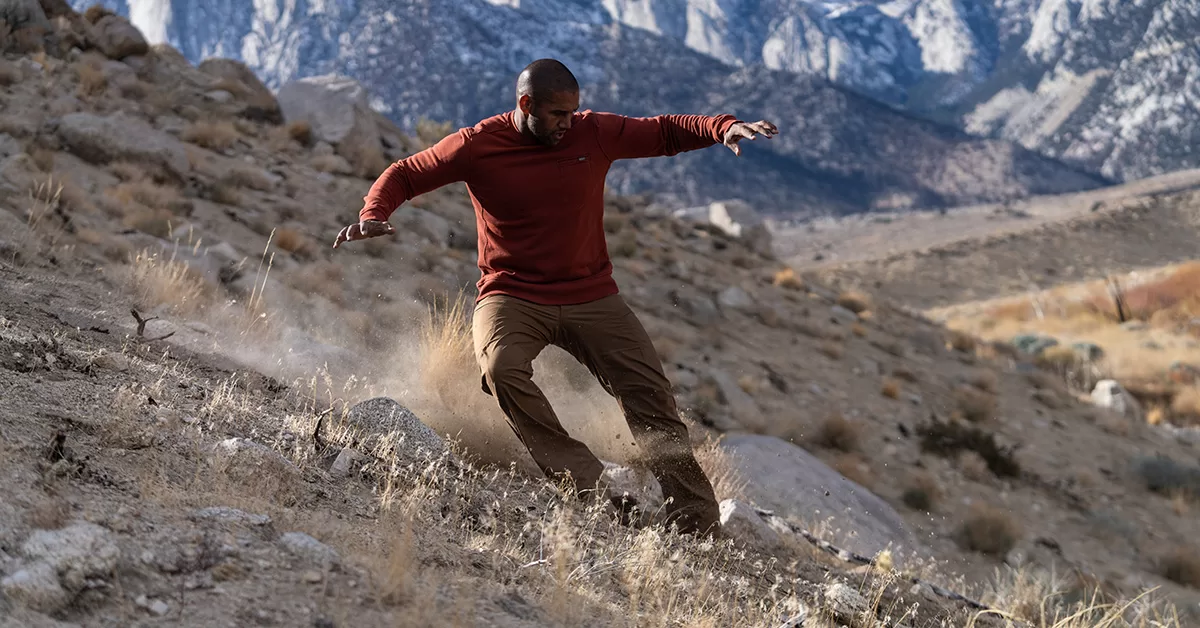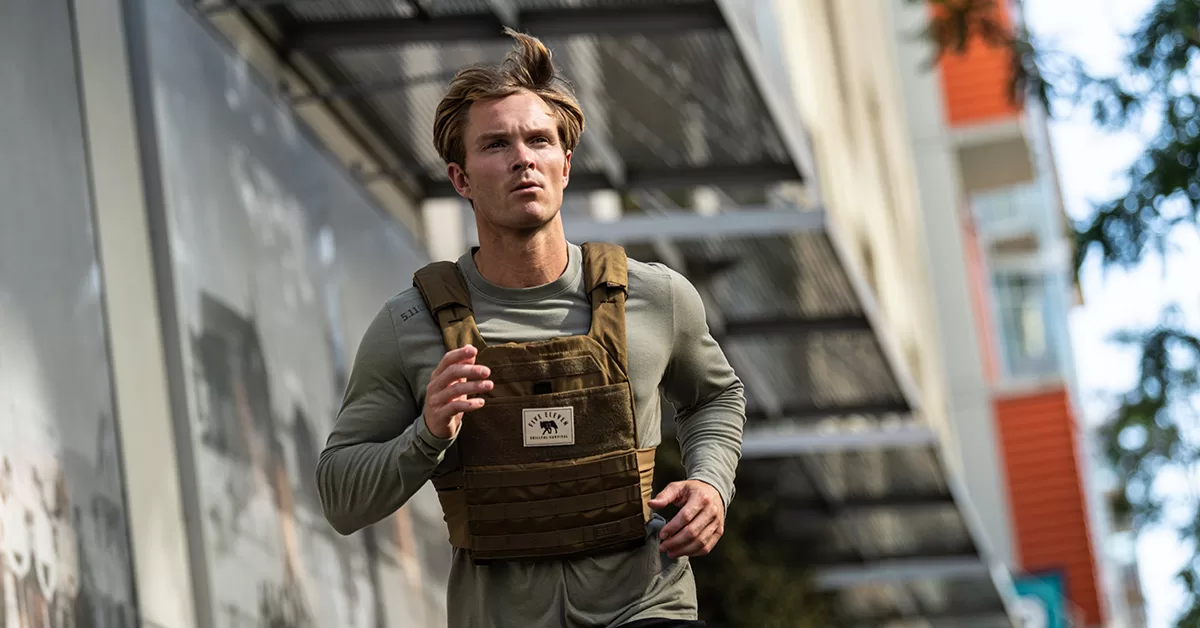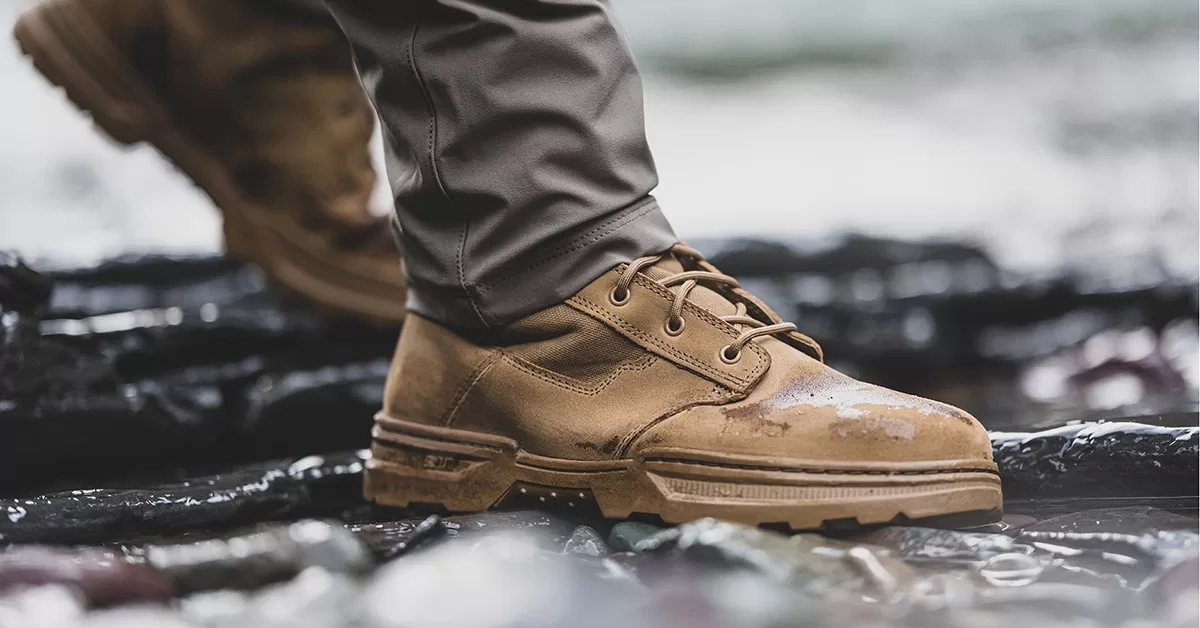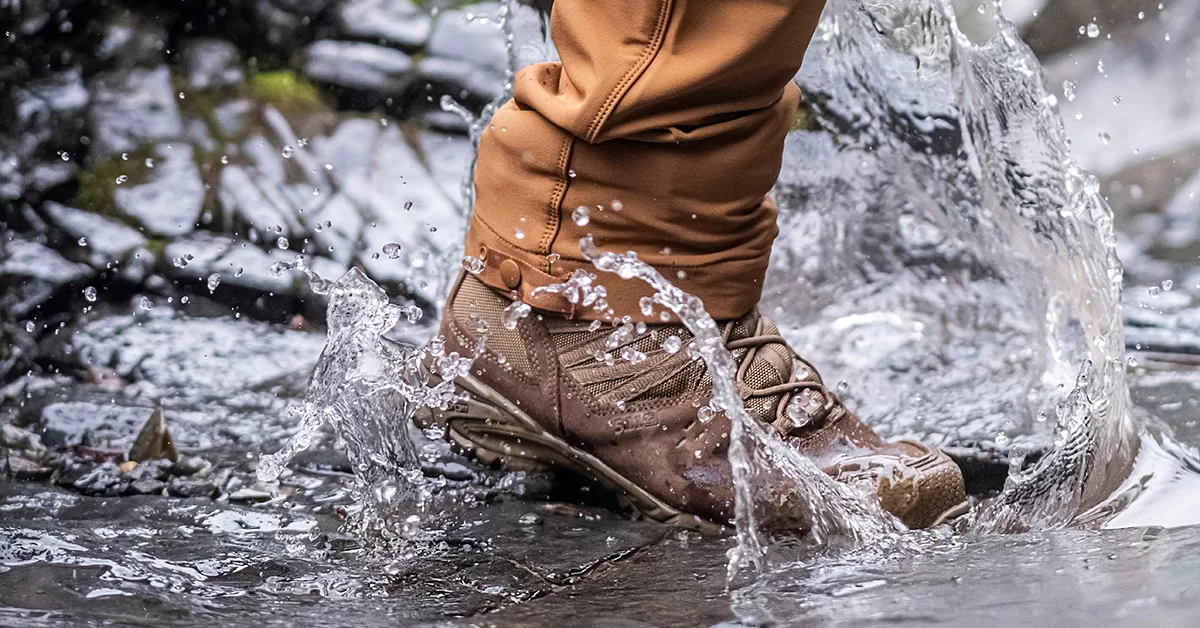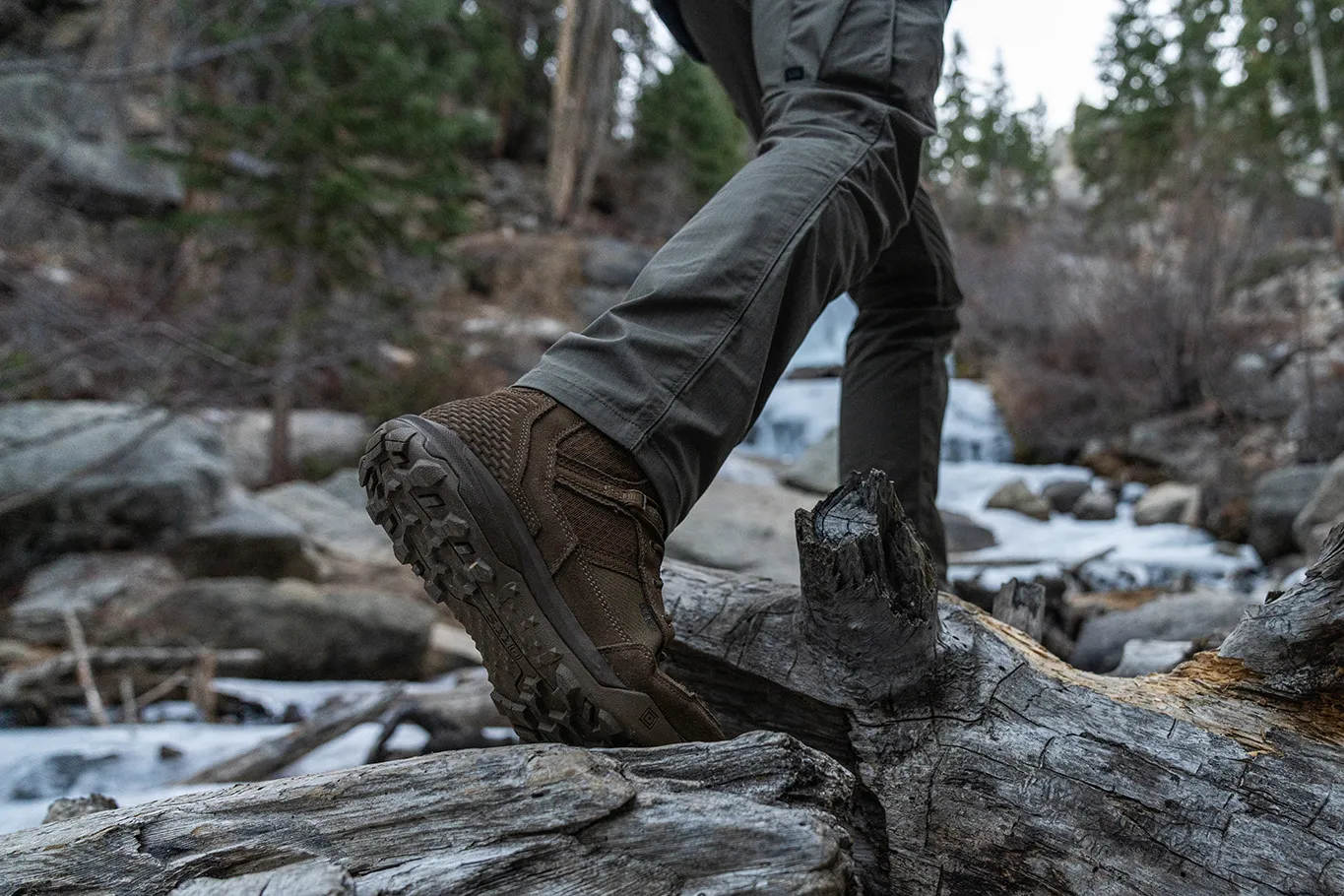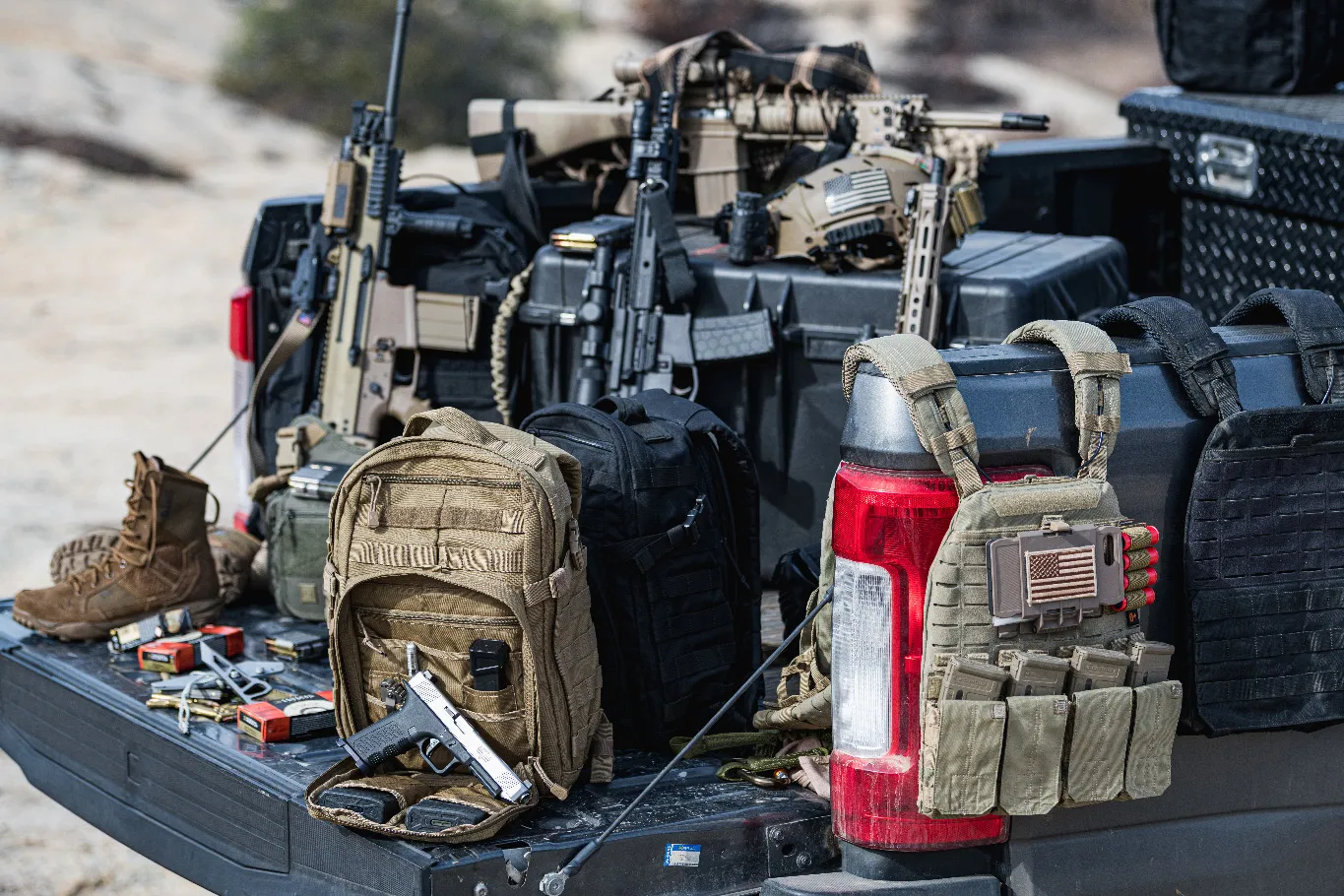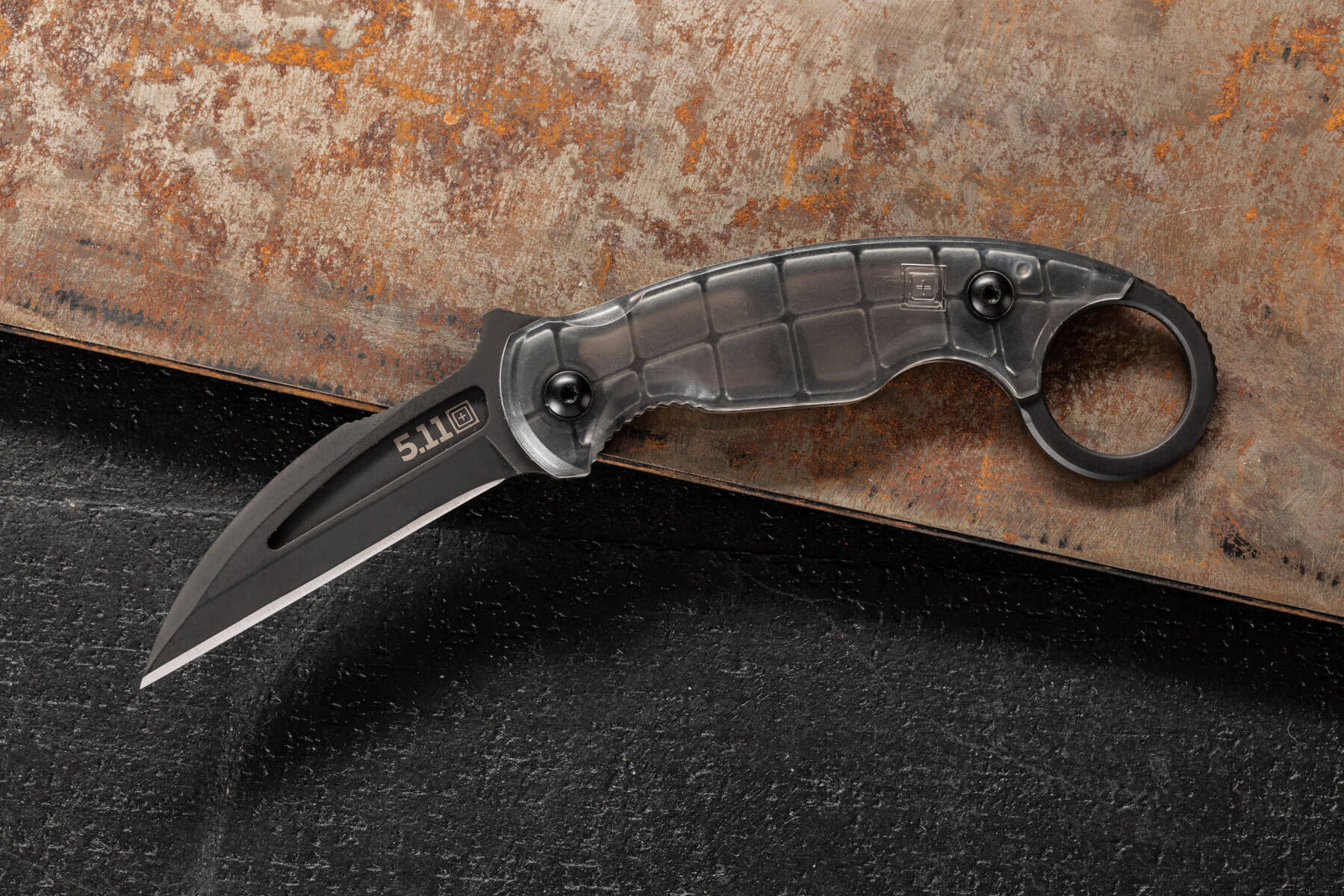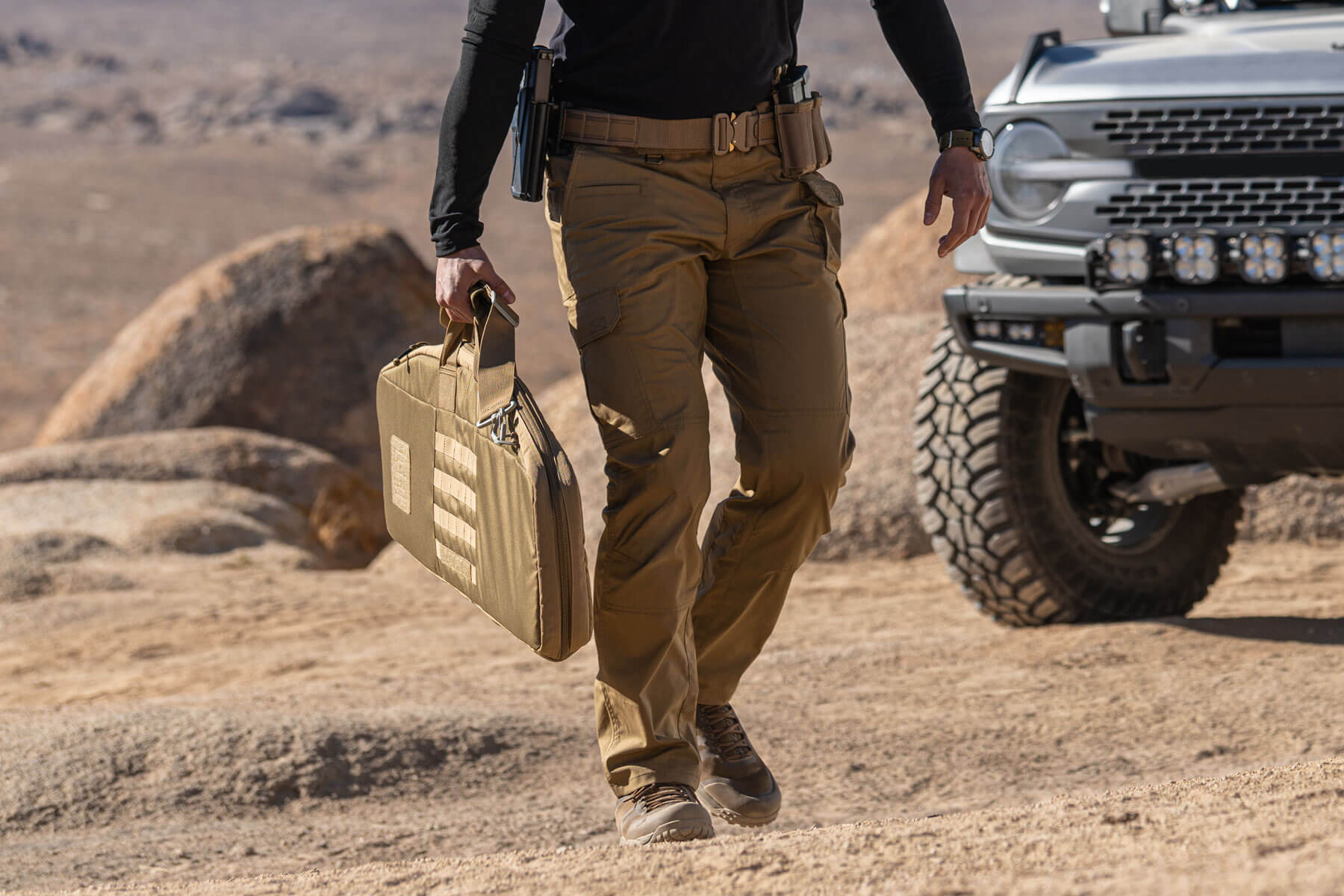Cargo pants have experienced a noteworthy metamorphosis since their original conception. Initially invented in the early 20th century for the […]
Gear – US
Weighted vest workouts harness a timeless and proven method to amplify the intensity and efficacy of exercise regimens.
This comprehensive guide aims to equip you with the necessary knowledge and insights to select the perfect hiking boots that […]
In the realm of outdoor gear and professional work attire, waterproof boots have carved their niche as an indispensable asset.
Tactical backpacks: durable, functional bags for various situations. Feature rugged materials, multiple compartments, MOLLE webbing. Ideal for outdoor adventures, military, […]
Tactical boots: durable, supportive footwear for professionals & outdoor enthusiasts in challenging environments.
Tactical gear: designed for military, law enforcement, and outdoor enthusiasts, prioritizing function, durability, and protection.
Tactical knives: versatile tools for military, law enforcement, emergency personnel, and outdoor enthusiasts. Robust, reliable, and functional.
Tactical pants: durable, versatile trousers for demanding professions & outdoor enthusiasts, with advanced design, ample pockets & reinforcements.
